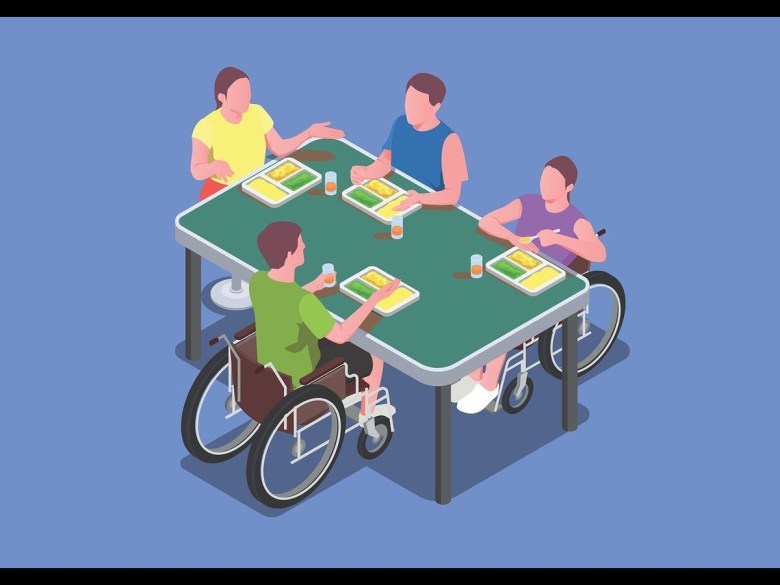There’s been some positive news in the realm of disability employment.
The latest data release from the Australian Institute of Health and Welfare (AIHW) has shown improvement in several measures related to employment for people with disability.
But some measures still lag, according to the data release.
It follows news last year that the labour force participation rate for people with disability aged over 15 has risen to 60.5 per cent, and the unemployment rate dropped to just over seven per cent.
Let’s take a look at some of the key measures reported on in the latest data release.
NDIS participants in full award wage employment
The latest data reveals that in quarter one of the year 2024-25, 23 per cent of NDIS participants aged 15-64 were in open employment, earning a full award wage. This is an increase from 20 per cent in 2021-22, and 17 per cent in 2018-19. The proportion does vary according to primary disability; for example, 64 per cent of NDIS participants with a hearing impairment in the labour force were in open employment at full award wage, compared to 12 per cent of those with an acquired brain injury, and just over six per cent of those with Down syndrome.
Young NDIS participant employment
This measure shows that the proportion of NDIS participants aged 15-24 in employment is sitting at 20 per cent, compared to 18 per cent in 2021-22. Again, this measure varies by primary disability, with those with a hearing impairment more likely to be employed compared to young NDIS participants with an intellectual or psychosocial disability.
Public sector employment
The proportion of public service employees who identify as having a disability has also risen, to 5.4 per cent in June 2024. This is an increase on the 2021 total of five per cent.
Not all good news
Australia is lagging behind in a key area: the proportion of NDIS participants who say they get the support they need to do their job has gone backwards, from 66 per cent in 2021-22 to 63 per cent in quarter one of 2024-25.
Other areas showed just minor progress.
The number of young people with disability in the labour force who have a job moved from 76 per cent in 2028 to 80 per cent in 2022. The unemployment gap – defined as the gap between the proportion of people with disability in the labour force who are unemployed compared to those without disability – also dropped slightly, hitting 3.9 per cent in 2022 compared to 4.7 per cent four years previously.
The gap in income between people with disability and people without has shifted slightly, from $443 a week in 2018 to $480 a week in 2022.

